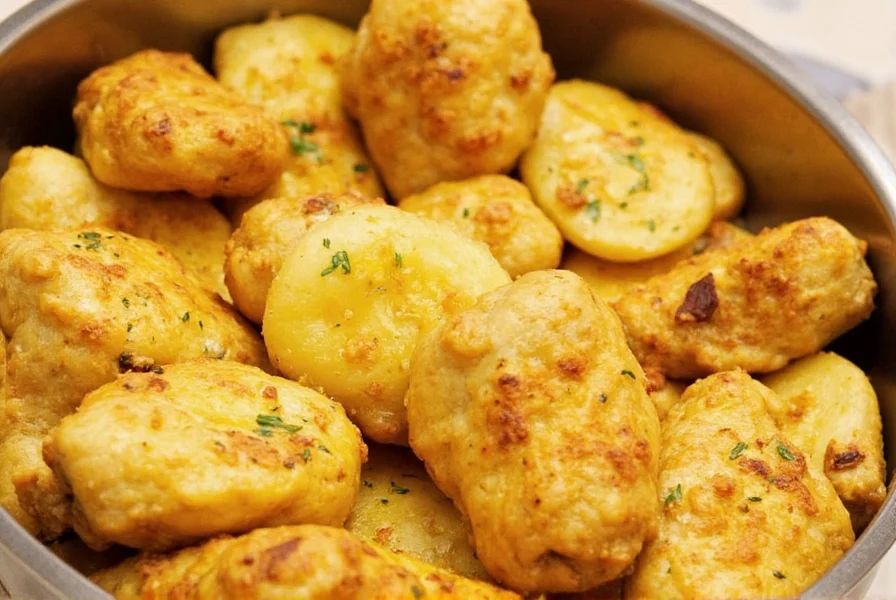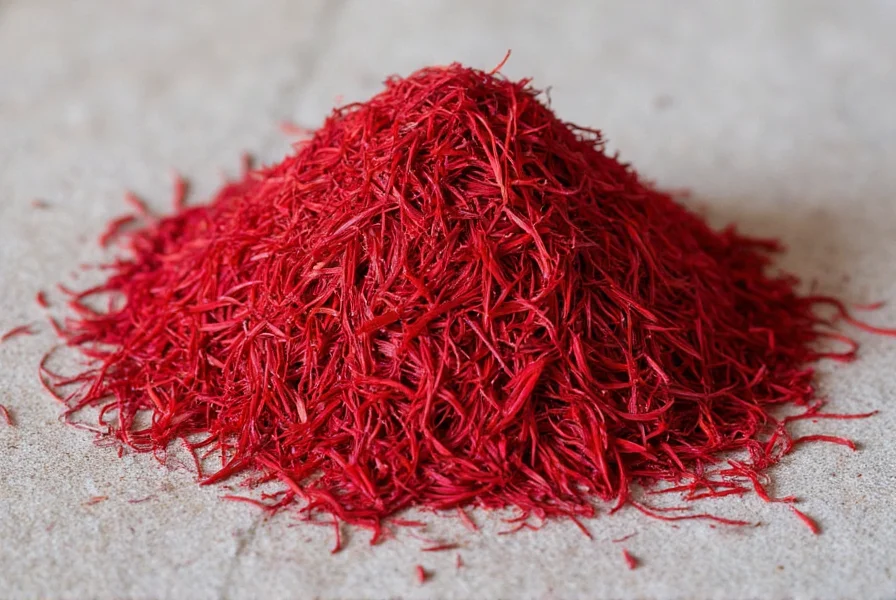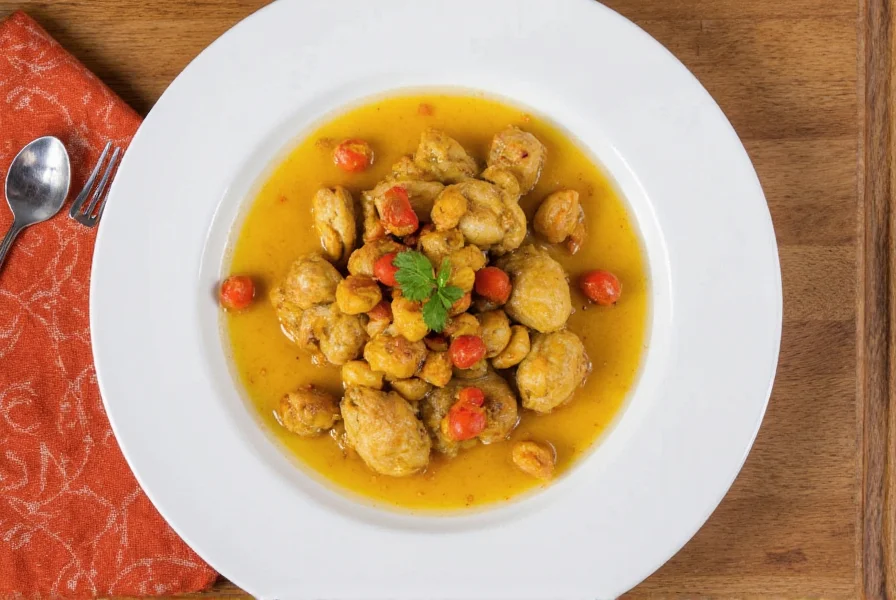When exploring how to cook chicken with saffron, understanding this precious spice's properties is essential. Saffron, derived from Crocus sativus stigmas, remains the world's most expensive spice by weight due to its labor-intensive harvesting. Its unique chemical compounds—crocin (providing color), picrocrocin (delivering flavor), and safranal (creating aroma)—interact beautifully with chicken's protein structure, creating complex flavor profiles that elevate simple preparations into restaurant-quality meals.
Why Saffron Complements Chicken Perfectly
The culinary chemistry behind saffron and chicken pairing reveals why this combination has endured across Mediterranean and Middle Eastern cuisines for centuries. Chicken's neutral pH and moderate fat content provide an ideal canvas for saffron's delicate compounds. Unlike stronger spices that might dominate poultry, saffron's subtle floral notes with hints of honey and hay enhance rather than mask chicken's natural flavor.
Professional chefs emphasize three key advantages of using saffron with chicken:
| Advantage | Scientific Explanation | Practical Application |
|---|---|---|
| Color Enhancement | Crocin dissolves in liquid, creating vibrant golden hues | Creates visually appealing dishes without artificial coloring |
| Flavor Complexity | Picrocrocin transforms to safranal when heated, releasing aromatic compounds | Adds subtle earthiness that complements poultry without overpowering |
| Texture Improvement | Saffron's compounds interact with proteins during cooking | Helps maintain chicken's moisture and tenderness |
Mastering Saffron Preparation Techniques
Many home cooks make critical errors when cooking with saffron for chicken dishes. The spice requires proper activation to release its full potential. Never add dry saffron threads directly to dishes—this wastes their flavor potential. Instead:
- Bloom saffron properly: Crush 15-20 threads and steep in 2-3 tablespoons of warm liquid (broth, water, or milk) for 15-20 minutes
- Temperature matters: Use liquid between 140-160°F (60-70°C)—too hot destroys delicate compounds
- Add early in cooking: Incorporate bloomed saffron during the initial cooking stages to allow flavor integration
For authentic saffron chicken recipes, consider these regional variations that showcase different preparation methods:
- Spanish Paella de Pollo: Chicken thighs simmered with saffron-infused broth, bomba rice, and smoked paprika
- Persian Tahdig with Chicken: Crispy saffron-infused rice crust with tender chicken pieces
- Moroccan Chicken Tagine: Slow-cooked chicken with saffron, preserved lemons, and olives
- Indian Chicken Biryani: Layered rice dish with saffron-milk drizzle and marinated chicken

Avoiding Common Saffron Cooking Mistakes
Even experienced cooks make errors when preparing saffron chicken dishes. These pitfalls significantly impact results:
- Using insufficient quantity: Too little saffron creates barely perceptible flavor. For four servings, use at least 0.1 grams (about 20 threads)
- Overheating: Temperatures above 185°F (85°C) degrade safranal, diminishing aroma
- Adding too late: Saffron needs time to integrate—add during first 15 minutes of cooking
- Using powdered saffron: Often adulterated; whole threads guarantee authenticity and potency
Selecting and Storing Quality Saffron
When creating gourmet saffron chicken recipes, ingredient quality determines success. Look for these characteristics in premium saffron:
- Deep red threads with minimal yellow styles
- Strong hay-like aroma with floral notes
- When rubbed between fingers, leaves golden-orange streaks
- Packaged in airtight, light-resistant containers
Store saffron in a cool, dark place—never the refrigerator where moisture degrades quality. Properly stored, threads maintain potency for 18-24 months. For best saffron recipes for chicken, purchase from reputable spice merchants who provide origin information (Spanish, Iranian, or Kashmiri saffron offer distinct flavor profiles).

Perfecting Your Saffron Chicken Technique
Professional chefs recommend these advanced techniques for cooking perfect saffron chicken dishes:
- Create a saffron oil infusion by steeping threads in warm olive oil for salad dressings or finishing dishes
- Combine saffron with acidic ingredients like lemon or tomato to enhance flavor release
- Use saffron-infused ice cubes when blending sauces to control temperature while adding flavor
- Pair with complementary spices: cardamom, cinnamon, and turmeric enhance saffron's complexity
Remember that saffron's flavor intensifies over time. Dishes often taste better the following day as flavors fully integrate. For traditional saffron chicken dishes, patience proves essential—allow at least 30 minutes for saffron to properly infuse into your cooking liquid before adding chicken.
Frequently Asked Questions
How much saffron should I use for chicken dishes?
For four servings of chicken, use 0.1-0.15 grams (approximately 20-30 threads). This provides noticeable flavor and color without overwhelming the dish. Always bloom the saffron in warm liquid before adding to your recipe for maximum flavor extraction.
Can I substitute saffron powder for threads in chicken recipes?
While possible, we don't recommend saffron powder due to high adulteration rates. If you must substitute, use 1/4 teaspoon powder for every 20 threads. However, whole threads guarantee authenticity and provide superior flavor control in traditional saffron chicken dishes.
Why does my saffron chicken lack golden color?
Insufficient blooming time or incorrect liquid temperature causes poor color extraction. Steep crushed threads in 2-3 tablespoons of liquid at 140-160°F (60-70°C) for 15-20 minutes before adding to your dish. Acidic ingredients like tomatoes or lemon juice enhance crocin solubility for richer golden hues in saffron chicken preparations.
What are traditional saffron chicken dishes from different cultures?
Spanish paella features chicken with saffron-infused rice and seafood. Persian tahdig showcases crispy saffron rice with tender chicken pieces. Moroccan tagine combines chicken with saffron, preserved lemons, and olives. Indian chicken biryani layers marinated chicken with saffron-milk infused rice. Each culture has developed unique techniques for incorporating saffron into chicken preparations over centuries.
How can I make saffron chicken dishes more affordable?
Maximize saffron's value by using proper blooming techniques and combining with complementary spices like turmeric (which enhances golden color) and cardamom (which complements saffron's floral notes). Purchase small quantities of high-quality saffron rather than large amounts of inferior product. Remember that properly prepared saffron maintains potency for 18-24 months when stored correctly in a cool, dark place.











 浙公网安备
33010002000092号
浙公网安备
33010002000092号 浙B2-20120091-4
浙B2-20120091-4